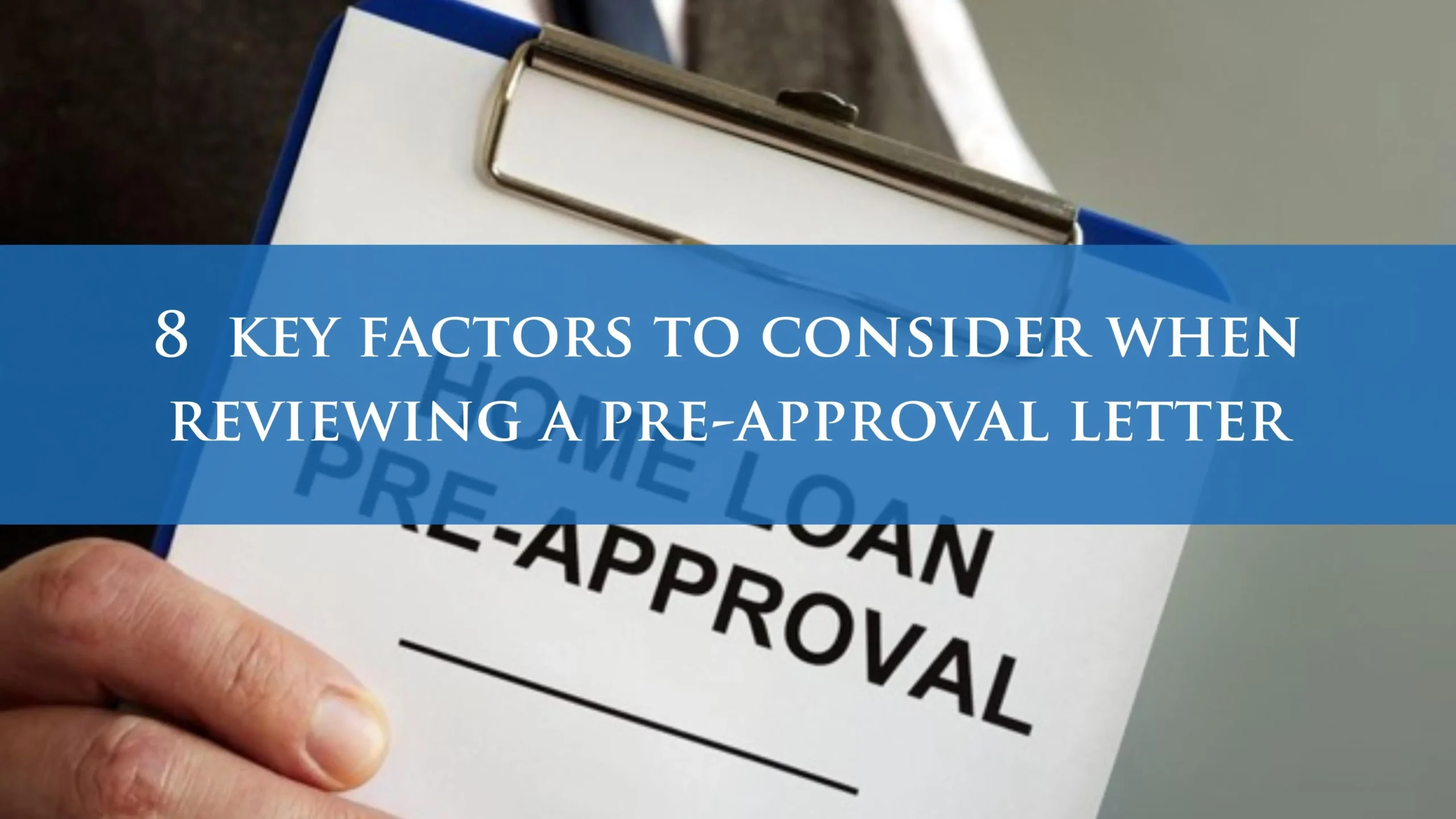The real estate market is a fast-paced and competitive environment, with buyers and sellers continually striving to secure the best deals. In fact, according to the National Association of Realtors, 76% of buyers in 2020 found their homes through a real estate agent or broker, highlighting the importance of well-informed professionals in the industry.
Furthermore, a study by the Urban Institute found that in 2019, approximately 88% of homebuyers used a mortgage to finance their purchase. As a realtor or seller, it is crucial to understand the importance of vetting a pre-approval lender letter that accompanies a purchase contract offer. Pre-approval letters offer a glimpse into a buyer’s financial standing and provide reassurance that the buyer can obtain the necessary financing to complete the purchase.
In this article, we will explore the key factors to consider when reviewing a pre-approval letter, helping you make well-informed decisions and avoid potential pitfalls.
Verify the Lender’s Reputation and Credibility
Before delving into the specifics of a pre-approval letter, it’s essential to first assess the reputation and credibility of the issuing lender. Here’s how to do it:
By thoroughly evaluating the lender’s reputation and credibility, you can gain confidence in the legitimacy of the pre-approval letter and the buyer’s ability to secure financing for the purchase. This process will also help you avoid potential issues and delays during the transaction, ensuring a smoother experience for all parties involved.
Confirm the Pre-Approval Letter’s Authenticity
Unfortunately, fraudulent pre-approval letters do exist, so it is important to confirm the letter’s authenticity.
To protect yourself and your clients, make sure that any pre-approval letters are real. This will help to make sure the transaction goes smoothly and without any problems.
Examine the Loan Type and Terms
A key component of the pre-approval letter is the loan type and terms, as these directly impact the buyer’s ability to secure financing.
Assess the Buyer’s Creditworthiness
Although the pre-approval letter implies the lender has reviewed the buyer’s creditworthiness, it’s wise to scrutinize the details. Look for any contingencies or conditions, such as the buyer needing to sell their current home before securing financing or the loan being contingent upon final underwriting approval. Be cautious of vague or non-specific pre-approval letters that lack concrete details.
Review the Expiration Date
Pre-approval letters typically have an expiration date, often within 60-90 days of issuance. Ensure the letter is still valid and that the closing date falls within the specified timeframe. If the letter is nearing expiration, request an updated letter from the buyer or ask the lender for an extension.
Assess the Pre-Approval Letter’s Language and Clarity
A well-written pre-approval letter should be clear, concise, and easy to understand. Watch out for ambiguous language, general statements, or inconsistent information. A letter with a lack of clarity may indicate that the lender has not thoroughly reviewed the buyer’s financial situation or that there may be hidden contingencies or conditions. A clear and detailed letter demonstrates the lender’s professionalism and the buyer’s commitment to the transaction
Investigate the Lender’s Responsiveness and Communication
A lender’s responsiveness and communication style can significantly impact the transaction process.
By investigating the lender’s responsiveness and communication, you can ensure that you work with a lender who is committed to maintaining open lines of communication and addressing any concerns or issues that may arise during the transaction process. This will ultimately contribute to a smoother and more efficient closing experience for all parties involved.
Examine the Pre-Approval Conditions and Contingencies
Some pre-approval letters may include specific conditions or contingencies that must be met before final loan approval. It’s essential to carefully examine these conditions and work proactively to address them in a timely manner to avoid delays or issues during the closing process. Here’s how to thoroughly assess the conditions and contingencies in a pre-approval letter:
Click here to download the full 9 page guide on “The Art of Vetting a Pre-Approval Lender Letter – A comprehensive guide for Realtors and Sellers.”
"*" indicates required fields

